
Close Up of Pipes · Free Stock Photo
An invert level is defined as the elevation of the inside-bottom of a pipe, trench, culvert, or tunnel. It may also be considered the "floor level" of a pipe. Invert levels are essential for assessing the flow in a piping system. For example, the invert of a municipal sewer connection can impact the sewer system of a newly constructed house or.

HDPE Culverts Find the Right Culvert for Your Project NyPipe
Pipe obvert elevation is the vertical distance between the inside-top of a pipe and any datum. Moreover, the term 'obvert' means to turn. The obvert measurement mirrors the pipe invert, which measures the vertical distance from the inside bottom of a pipe.In this article, you will learn the implication of pipe obvert elevation, how to calculate it, and its applications in industry.

Typical invert corrosion of corrugated metal culvert (Eastern Ontario) Download Scientific Diagram
As the cracks propagated, concrete crushing occurred on the inside face of the pipe spring-lines, indicating the formation of plastic hinges at the invert, obvert, and spring-lines of the pipe. Flexural failures of pipe specimens were brittle and abrupt. Download : Download high-res image (599KB) Download : Download full-size image; Fig. 9.
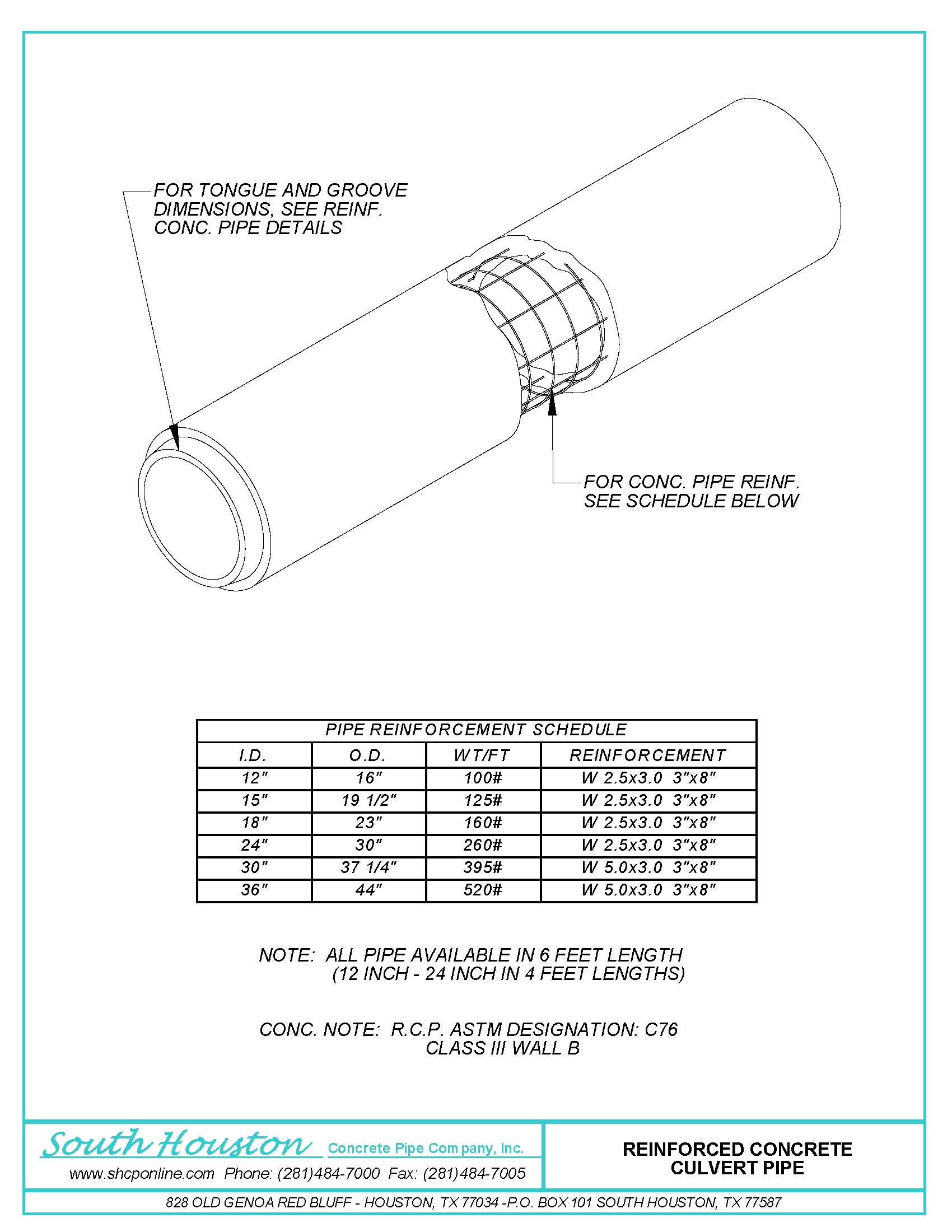
RCP Reinforced Concrete Culvert Pipe Dim Details South Houston Concrete Pipe Company Inc.
Invert: sets the pipe end elevation column Invert. Crown/Obvert: sets the pipe end elevation column Crown/Obvert. Top of Pipe: sets the pipe end elevation column Top of Pipe Structures. Sump: allows structure sump values to be edited and makes invert values calculated. Invert: allows structure invert values to be edited and makes sump values.

Soffit Level
The reason your possible answers are not correct, is that you are going in the wrong direction. You start at elevation 192 and you are going down, not up. So it would be: 192'-2'-10'-1'=179'. TIP: Your storm sewer pipe invert elevation should almost always never be above your road elevation. There is no need to worry about the wall thickness of.
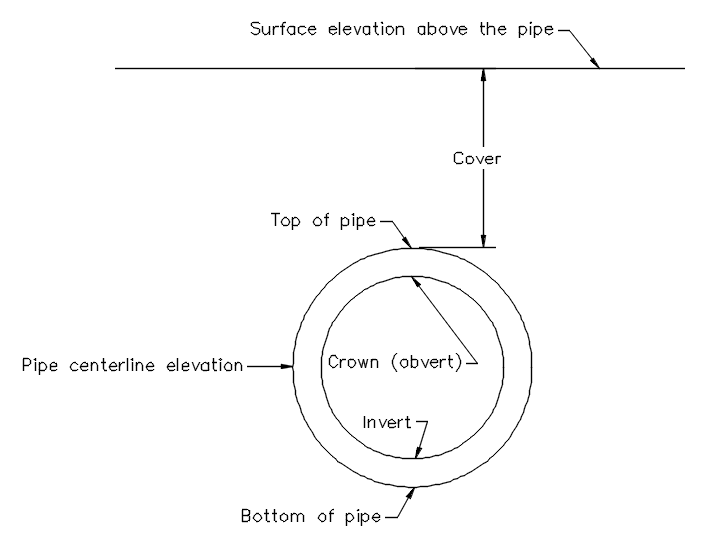
About Common Pipe Network Part Terms
Every day hundreds of foremen and workers shoot pipe inverts around the world. How can they do it correctly? How can we keep high standards? Brandon Monte.
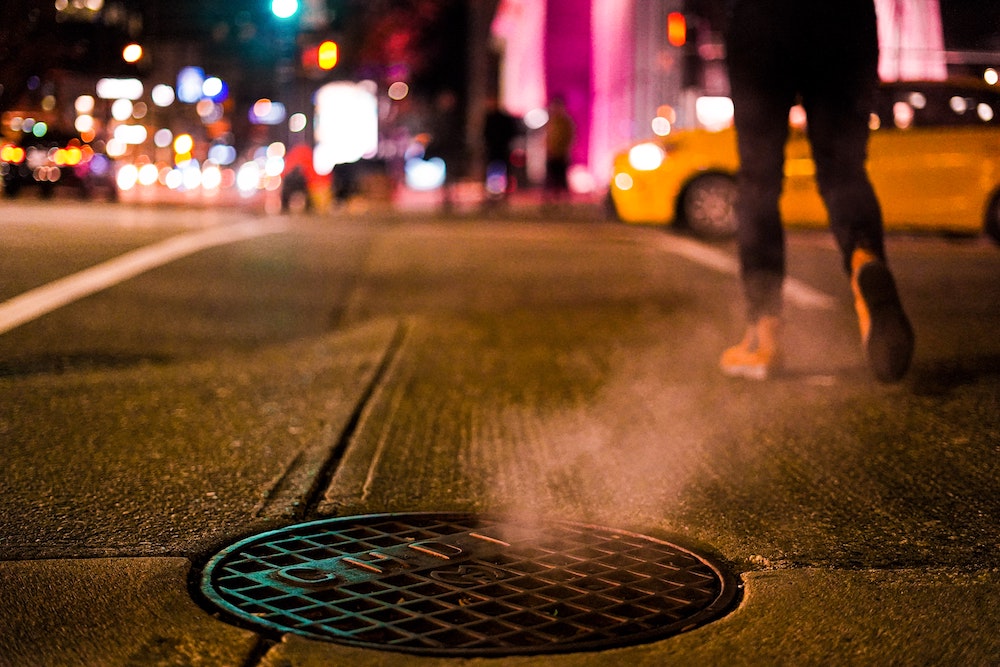
Pipe Obvert Elevation Fundamentals and Measurements
Step 4. Read the tape measure height against the top of the road or top of the hole. This reading is your invert elevation. Invert elevation is the height between a sewer pipe and a given bench mark, usually the top of the street or finished floor. Contractors doing sewer pipe installation must ensure that all sewer pipes they install meet the.
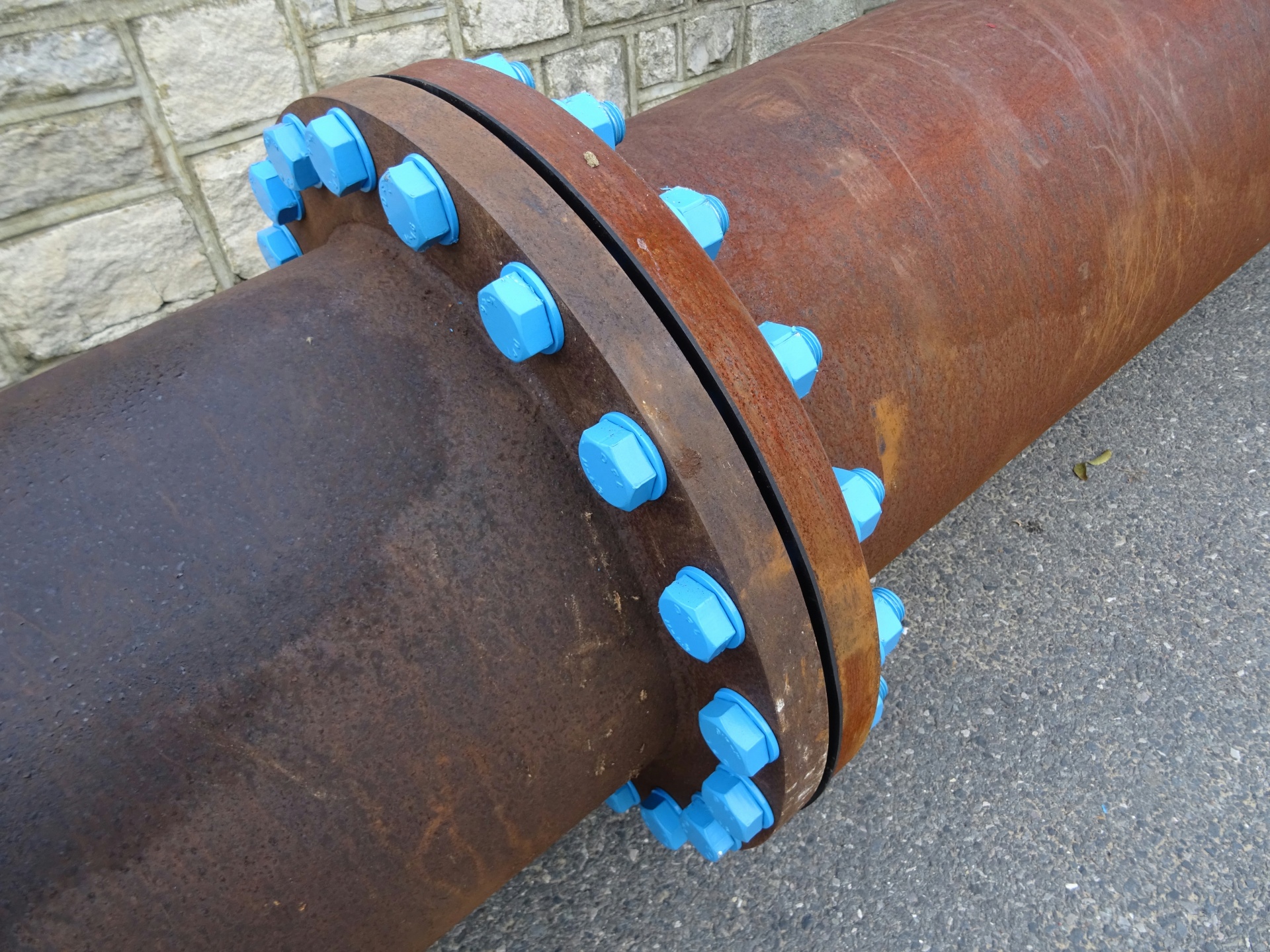
Industrial Overland Pipes Free Stock Photo Public Domain Pictures
The precise invert of each pipe needs to be determined to calculate water flow. That invert is a measurement from the inside bottom of the pipe - up to the ground surface where the survey shot will be taken. The inside top point of a pipe to the ground surface is the obvert. Invert measurements are always taken in decimal feet.
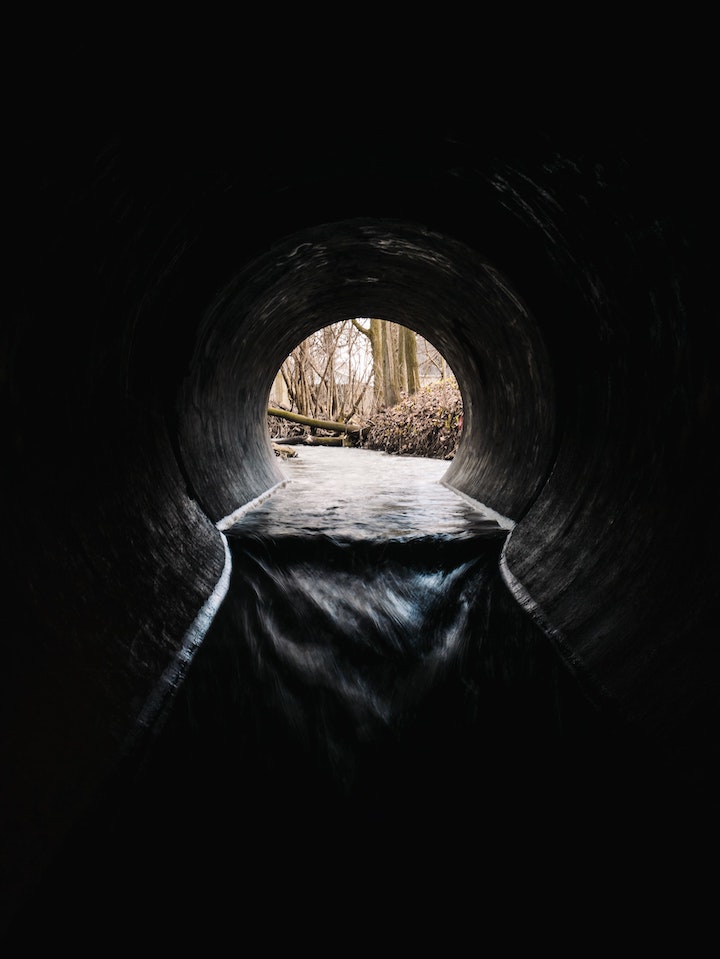
Pipe Invert Elevation How to Calculate and Why It Matters
An invert level is defined as the elevation of the inside-bottom of a pipe, trench, culvert, or tunnel. It may also be considered the "floor level" of a pipe. Invert levels are essential for assessing the flow in a piping system. For example, the invert of a municipal sewer connection can impact the sewer system of a newly constructed house or.
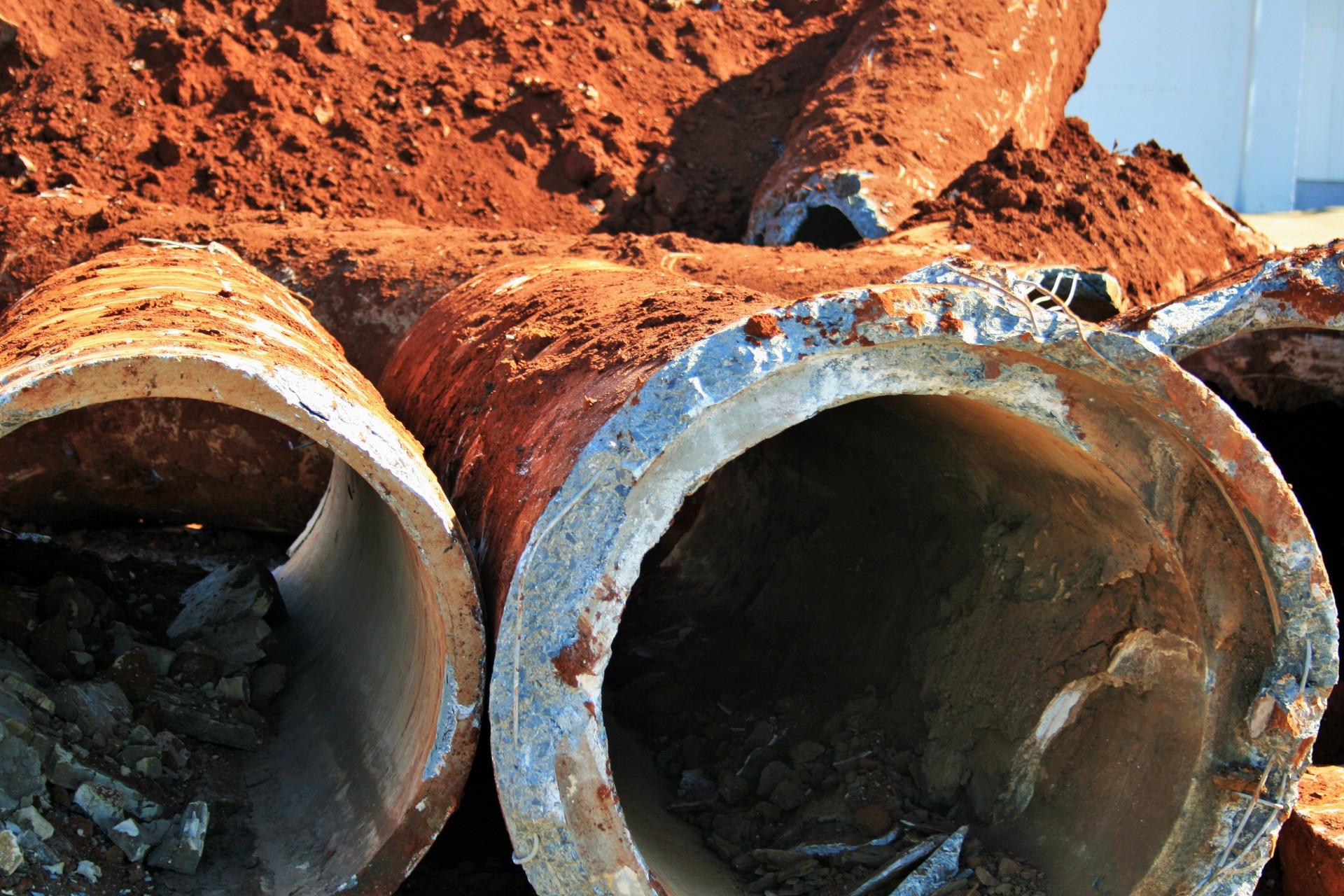
Close Up Of Unearthed Pipes Free Stock Photo Public Domain Pictures
Depending on pipe thickness, the level of the ground below the pipe bottom may be lower than the invert. Invert level is obtained on subtracting the pipe diameter and wall thickness from the elevation at the crown or top of the pipe. The reference for an invert level is usually a floor slab above it. Knowing the elevation of the floor slab and.

Ground cover for sewer pipe Civil/Environmental engineering general discussion EngTips
Divide the pipe's vertical fall by the length of the pipe, then multiply the result by 100 to find the percentage. The fall and length need to be in the same units (feet or inches) for this to work. For example, if the pipe fell by one foot and was 50 feet long, you divide 1 by 50 to get 0.02.
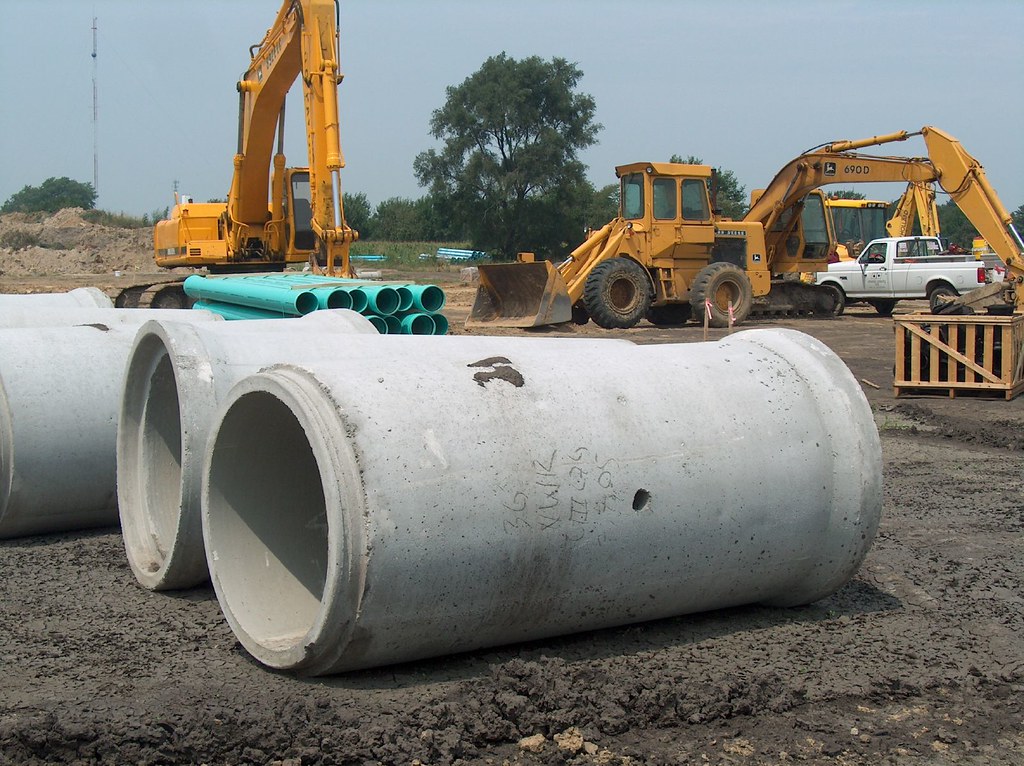
Reinforced Concrete Pipe Reinforced concrete pipe for stor… Flickr
Soffit Level. (pipe technology) The top point of the inside open section of a pipe or box conduit. The soffit is the highest point of the internal surface of a pipe or culvert at any cross-section. The soffit is also referred to as the pipe obvert. So it is not quite the Crown of the Pipe. Here is an image I found that hopefully explains it.
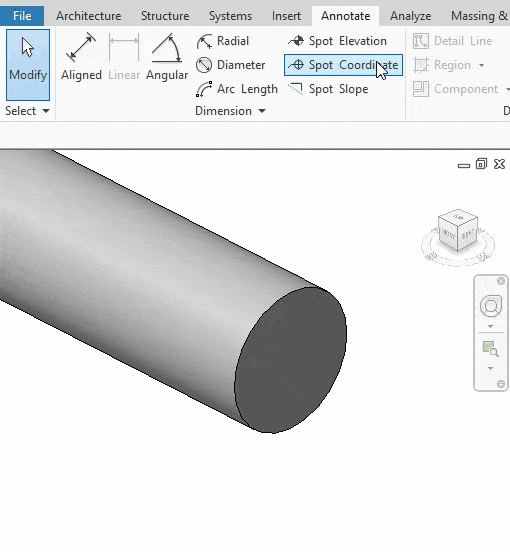
Calculating and Tagging Pipe Obverts with Dynamo Revit news
In civil engineering, the invert level is the base interior level of a pipe, trench or tunnel; it can be considered the "floor" level. [1] The invert is an important datum for determining the functioning or flowline of a piping system. For example, the invert of a street sewer connection could affect the feasibility of adding a toilet in the.

Modeling Catchbasins and Inlets in SWMM Stormwater, Sewer system, Stormwater management
Calculating invert elevation manually involves three basic steps: Determine ground elevation: Measure the elevation of the ground surface above a reference point, such as mean sea level. Measure pipe depth: Determine the vertical distance from the ground surface to the bottom inside of the pipe or conduit. Calculate invert elevation: Subtract.

Pipe_Invert height calculation ARE 5.0 Community
In civil engineering, the words invert and obvert are used in the context of pipe elevations. I gather that invert means: interior bottom elevation of pipe, and obvert means: interior top elevation of pipe.. However, using the word invert in this context seems strange to me. To me, none of these definitions fit: Invert (Merriam-Webster). a: to reverse in position, order, or relationship

Hoffman Home Inspections Utah Home Inspectors
Conversely, the obvert level is the highest interior level, and can be considered the "ceiling" level,. A pipe laser, or another vertical distance measuring device is most commonly used for this. Invert levels are important for the drainage of a non-pressured fluid pipe. Typically, a good design requires that the invert level of the pipe.